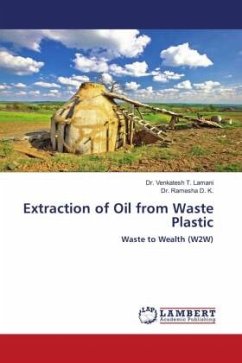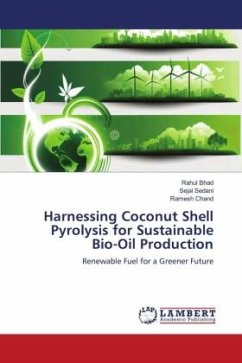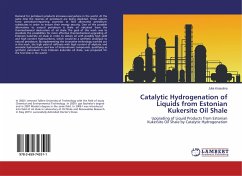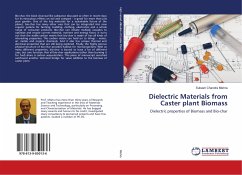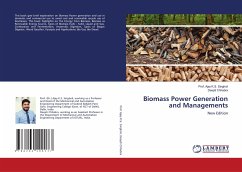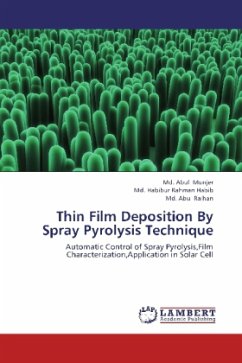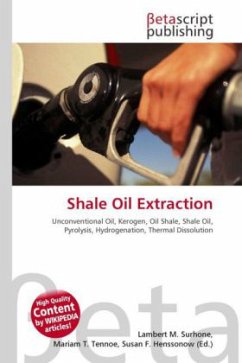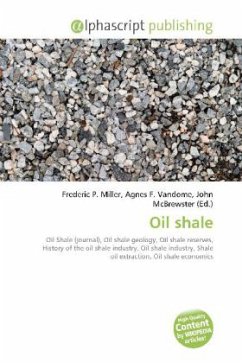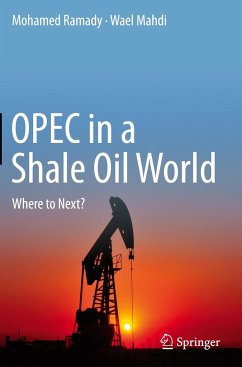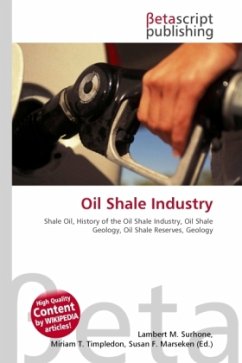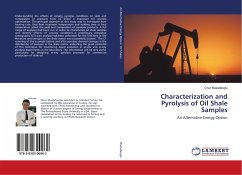
Characterization and Pyrolysis of Oil Shale Samples
An Alternative Energy Option
Versandkostenfrei!
Versandfertig in 6-10 Tagen
39,99 €
inkl. MwSt.

PAYBACK Punkte
20 °P sammeln!
Understanding the effects of varying pyrolysis conditions on yield and composition of products from oil shales is important for process optimization. The principal objective of this study was to investigate how heating rate, final heat treatment temperature and holding time at final temperature affect the yield and composition of pyrolysis products. A full range of analyses had been run in order to characterize oil shale samples and identify effects of process conditions. A preliminary computed tomography (CT) scan analysis had been peformed for the first time in the literature and kerogen in ...
Understanding the effects of varying pyrolysis conditions on yield and composition of products from oil shales is important for process optimization. The principal objective of this study was to investigate how heating rate, final heat treatment temperature and holding time at final temperature affect the yield and composition of pyrolysis products. A full range of analyses had been run in order to characterize oil shale samples and identify effects of process conditions. A preliminary computed tomography (CT) scan analysis had been peformed for the first time in the literature and kerogen in the shale matrix was successfully located . The CT scanning of the a sample before and after pyrolysis showed changes in the distribution of kerogen in the shale matrix, indicating the great potential of this technique for monitoring liquid evolution in ex-situ and in-situ pyrolysis experiments in the laboratory. This information will be very useful particularly for designing in-situ pyrolysis processes for commercial production of shale oil.



